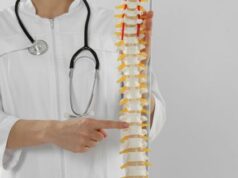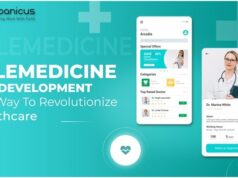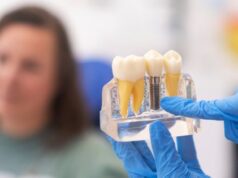According to Pain Australia, complementary and alternative medicine (CAM) refers to a form of health care which is used in addition to, or instead of traditional medical treatment. It is often based on historical knowledge and is mostly used to treat chronic pain and related conditions.


Unlike traditional western medicine, not much research has been conducted on CAM, meaning the amount of evidence is too small to clearly show whether CAM therapies are effective in helping everyone manage chronic pain. That being said, many of the complementary approaches studied for chronic pain have good safety records – however not without their inherent risks.
Before being treated with CAM, Pain Australia recommends considering a person’s age, current health status and presence of other medical conditions. Whether or not an individual is taking prescribed medications is another point of consideration as such medications may affect how CAM is received in the body.
There are many different forms of CAM. Most are regulated by respective government organisations and national legislation. CAM is generally divided into mind-body techniques and body-based practices. Therapies using herbs and flowers as well as those based on diet are also included in CAM.
Mind-Body Techniques
Mind-body techniques are also known as psychological techniques, emotional therapies or spiritual healing. They include support groups (from face-to-face support programs to online discussion forums), counselling and life coaching. Relaxation and meditation techniques are also considered mind-body techniques as they focus on mentally relaxing the body and helping to release muscle tension, reduce stress, anxiety and pain.
Other less known mind-body techniques such as hypnosis, art therapy, music therapy and getting in touch with spirituality are also considered part of CAM. Despite being different in their approaches, mind-body techniques all involve control of the mind to affect the body.
Body-Based Practices
Body-based practices include those that are both passive and active. There is a large range of body-based practices regularly practised in modern times. They include:
- Massage Therapy: massage therapy promotes deep relaxation in body tissue through the manual application of pressure, tension and vibration onto connective tissue and particular muscles.
- Chiropractic Care: chiropractic care involves spinal manipulation through manual hands-on adjustments. It is performed by qualified chiropractors (such as Chiropractor Kogarah) and focuses on the structure and function of the spine, and its relationship with the body’s nervous system and broader well-being.
- Acupuncture: a form of traditional chinese medicine (TCM), acupuncture involves the insertion of fine needles into points of the skin and body to tap into meridian channels in the body. It is based on the theory that the inserted needles help to unblock the flow of energy (qi) in the body. Acupuncture is believed to strengthen the body’s vital force as well as reduce physical and emotional pains.
CAM encompasses a wide range of treatments which may help treat pain-related conditions. All treatments in CAM have side effects. As such, before considering a complementary approach for pain, it is recommended that individuals check with their health care provider to confirm a CAM treatment’s safety and compatibility to the individual’s medical circumstances.









